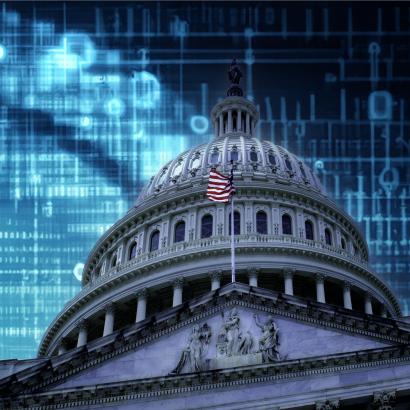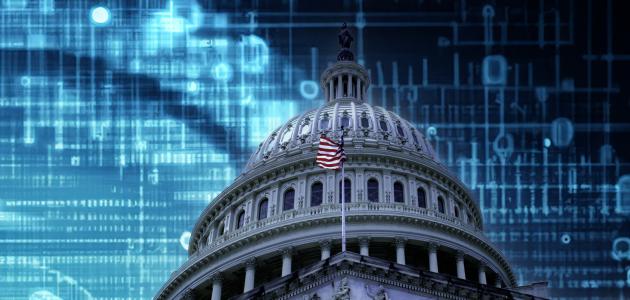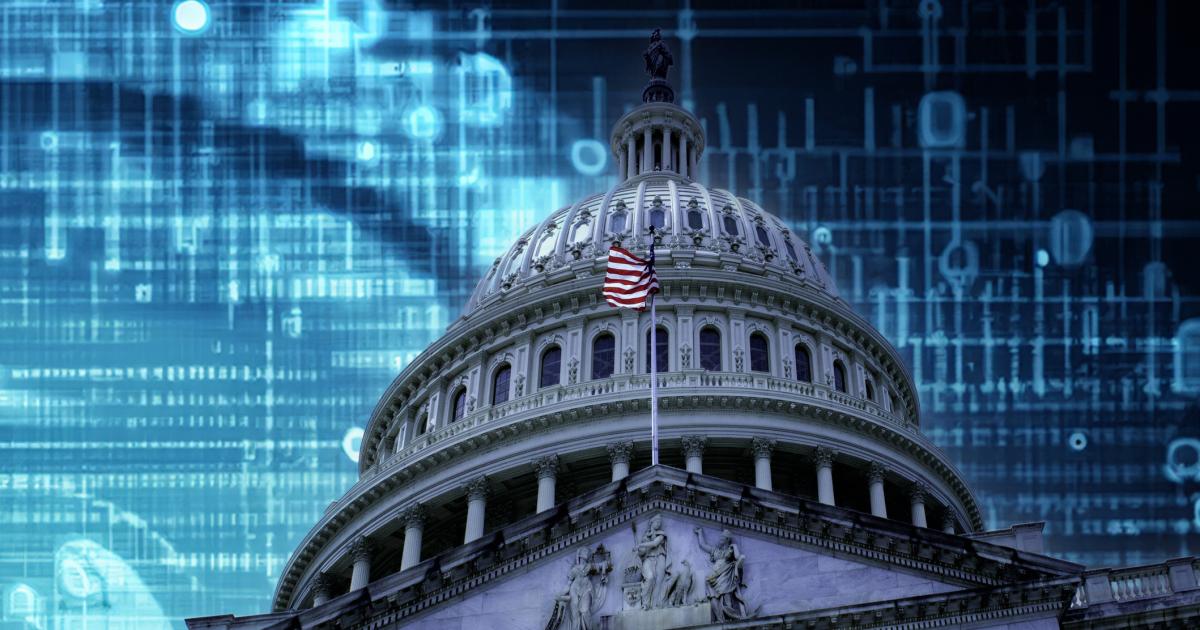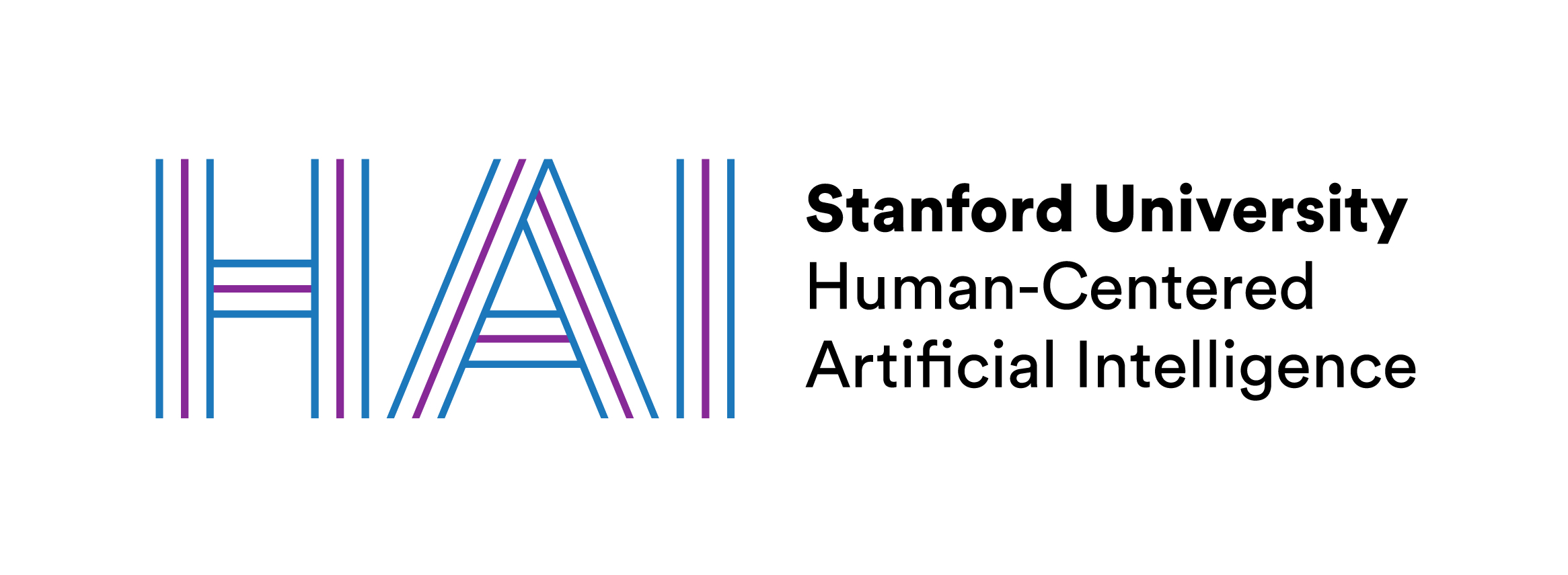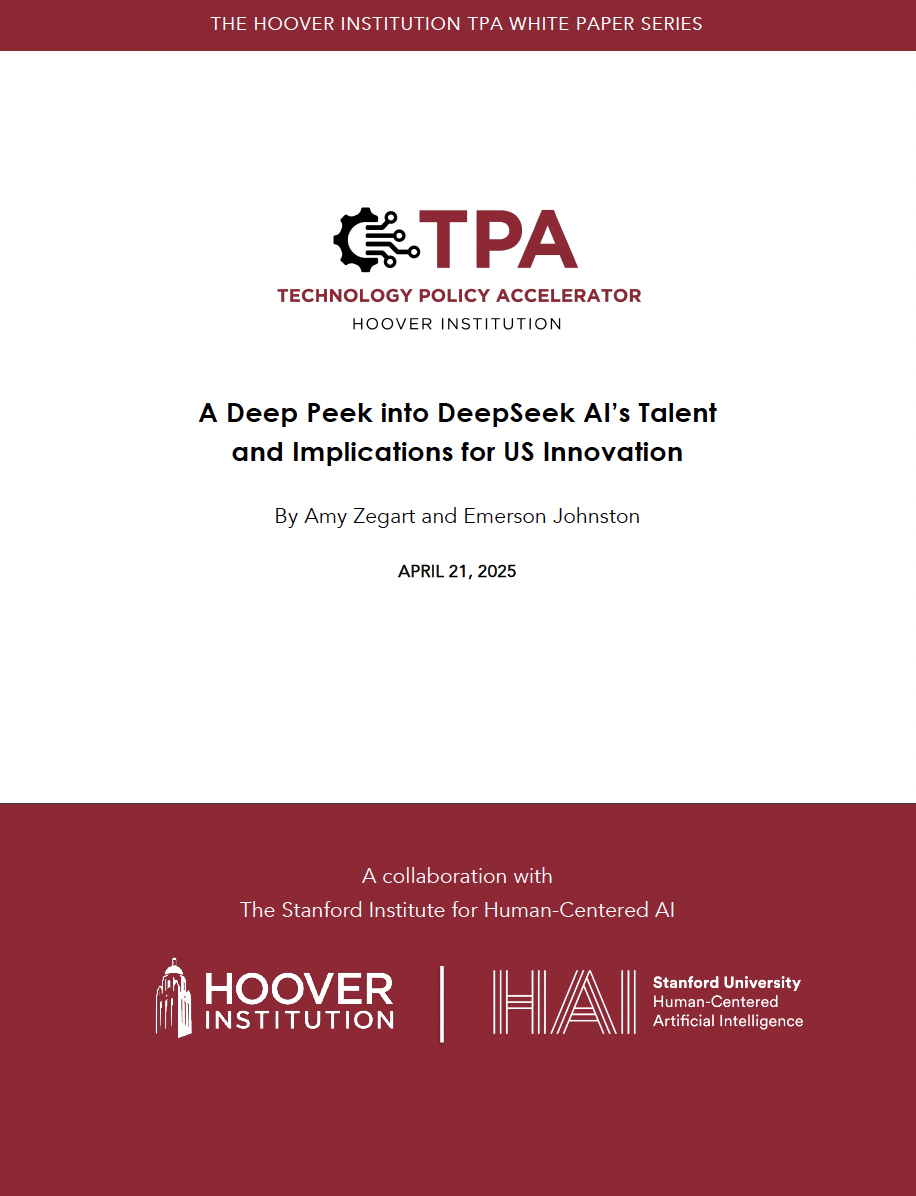- Innovation
- US Labor Market
- Confronting and Competing with China
- Determining America's Role in the World
This brief presents an analysis of Chinese AI startup DeepSeek’s talent base and calls for U.S. policymakers to reinvest in competing to attract and retain global AI talent.
Chinese startup DeekSeek AI upended the conventional wisdom about AI innovation. When it released its R1 language model and V3 general-purpose large language model (LLM) in January 2025, which demonstrated unprecedented reasoning capabilities, the company sent tremors through markets and challenged assumptions about American technological superiority.
Beyond debates about DeepSeek’s computation costs, the company’s breakthroughs speak to critical shifts in the ongoing global competition for AI talent. In our paper, “A Deep Peek into DeepSeek AI’s Talent and Implications for US Innovation,” we detail the educational backgrounds, career paths, and international mobility of more than 200 DeepSeek researchers. Nearly all of these researchers were educated or trained in China, more than half never left China for schooling or work, and of the nearly quarter that did gain some experience in the United States, most returned to China.
Policymakers should recognize these talent patterns as a serious challenge to U.S. technological leadership that export controls and computing investments alone cannot fully address. The success of DeepSeek should act as an early-warning signal that human capital—not just hardware or algorithms—plays a crucial role in geopolitics and that America’s talent advantage is diminishing.
Key Takeaways
- Chinese startup DeepSeek’s highly capable R1 and V3 models challenged prevailing beliefs about the United States’ advantage in AI innovation, but public debate focused more on the company’s training data and computing power than human talent.
- We analyzed data on the 223 authors listed on DeepSeek’s five foundational technical research papers, including information on their research output, citations, and institutional affiliations, to identify notable talent patterns.
- Nearly all of DeepSeek’s researchers were educated or trained in China, and more than half never left China for schooling or work. Of the quarter or so that did gain some experience in the United States, most returned to China to work on AI development there.
- These findings challenge the core assumption that the United States holds a natural AI talent lead. Policymakers need to reinvest in competing to attract and retain the world’s best AI talent while bolstering STEM education to maintain competitiveness.








